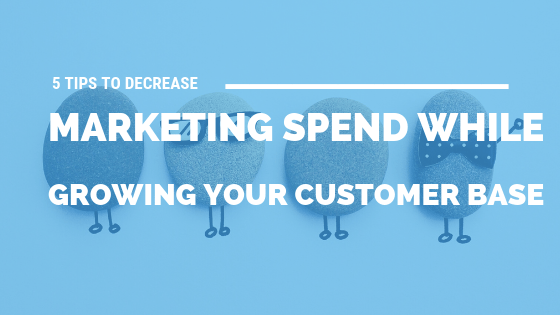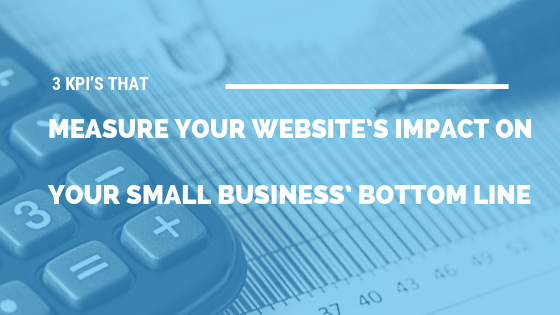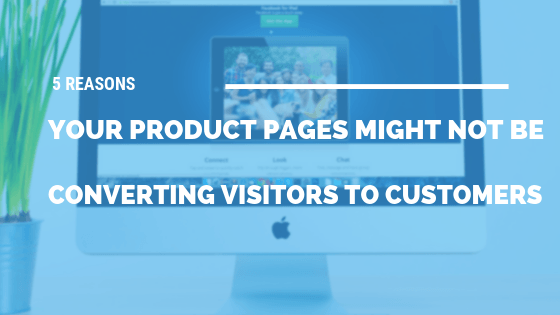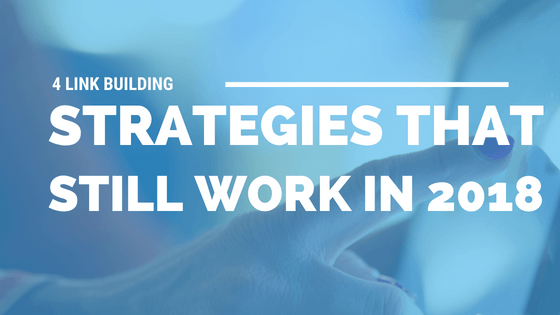How to Win and Rank in Google's Mobile-First World
As smartphones have grown ubiquitous and data networks have improved, more and more people have started using their mobile devices to access the Internet. While that's not a new phenomenon, the degree to which web traffic has moved from desktop computers to mobile devices in the past few years is staggering. Stone Temple Consulting estimates that almost 56% of total web traffic now originates from mobile devices, something that would have been unimaginable a few short years ago. But Google, the world's biggest tech company, has always had an eye on the future, and they've been preparing for this shift to mobile web usage since 2010. Now, they are taking steps to adjust how they index and rank sites. Starting as soon as 2018, Google will be shifting to a mobile-first index. Here’s what you need to know about the change, and how you can adjust your digital marketing strategy to stay on top (or grab the top spot).
Putting Mobile Users First
In the past, when indexing your site, Google relied on the content on the site’s desktop version, although they began supplementing this index with mobile versions as a lesser priority. Now, with the aim of better serving the people using their search engine, who are increasingly doing so on mobile devices, Google will begin indexing your website based on the content and responsiveness of the mobile version. This means that if your desktop site includes content that makes it appear high up on search engine results pages, but your mobile version lacks this content, it will no longer appear when mobile users search the relevant keywords. The software that Google uses to crawl and index websites will only take into account the mobile version of your site. If you don’t have one, Google will still search your desktop version, but through a mobile client.
Why Mobile Matters
Much like “Mobilegeddon,” the update that Google made in 2015 to make its engine more mobile-friendly, this change in indexing will hurt your site’s ranking if it’s not optimized for mobile viewing. If you have a bare bones mobile version of your site and a content-rich desktop version, it’s an absolute must that you improve your mobile site. Google already has an algorithm in place that boosts mobile-friendly content when it’s searched for by mobile users. But now that it’s indexing based on mobile content first, even desktop users will see your site ranked lower when they search for it, if the mobile version of your site lacks content relevant to the search terms.
Going Responsive
The best option if you want to maintain your rank (or increase it) with the impending index switch is to go responsive. This means having a single URL that adapts to respond to whatever device is visiting it, with all content being optimized for viewing on the screen it’s being viewed on. For example, if you have a text field on your landing page, responsive design means mobile users won’t have to zoom in to see a font that would be easily legible on a desktop site but is tiny on the mobile equivalent. Responsive design intelligently removes content and information that’s unnecessary or unpleasant to view on mobile and adjusts the design to improve the user experience.
Simpler Is Better
If you run a business with a website, you need to accept that most people will view your site on a mobile device. All the effort you put into designing an engaging and beautiful desktop experience will have zero return for mobile users if that experience is too taxing on their processor, as they’ll quickly be frustrated waiting for the page to load and navigate elsewhere. The switch to a mobile-first index is just one more reason you ought to be thinking mobile first, as well. Remove elements of your mobile site that are extraneous to your goal of selling products or services, and maximize those that are most important to that goal. Start by using Google’s mobile-friendly test to gauge where you stand, and adjust from there. If it’s not practical for you to go fully responsive, make sure that the content that generates the most traffic to your site is included on your mobile site as well. Otherwise, this update will leave you in the dust.






















